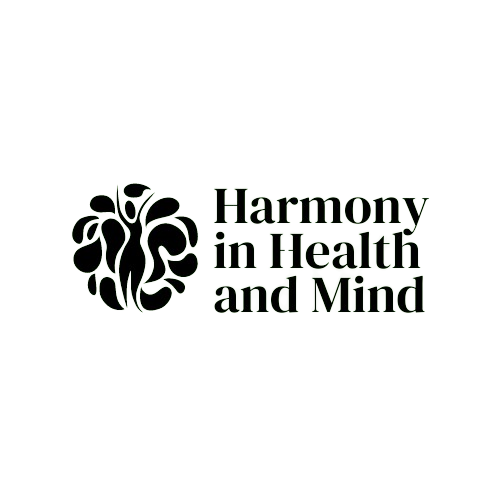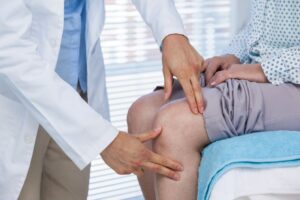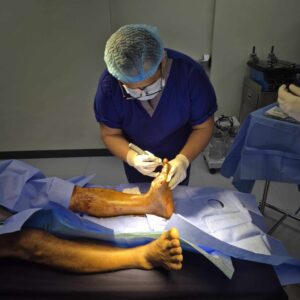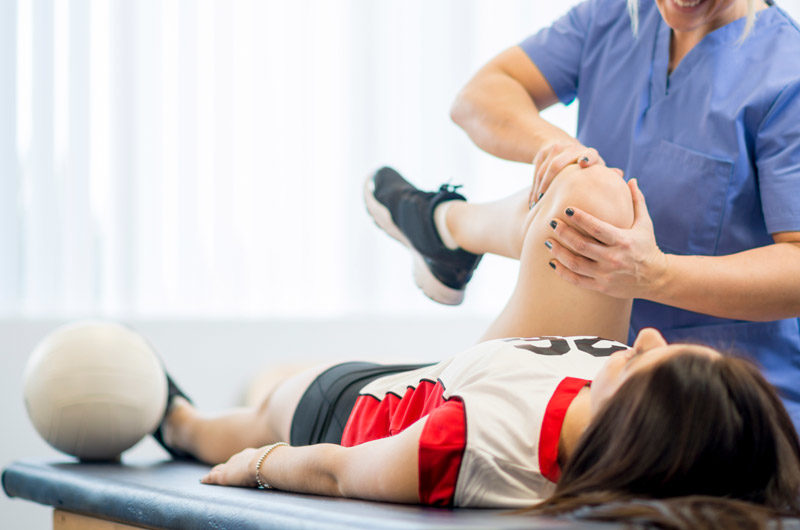Sports injuries can affect athletes of all levels, from weekend warriors to professional competitors. These injuries may result from sudden impacts, repetitive motions, or improper techniques. Regardless of the cause, proper care is essential to restore function, reduce pain, and prevent further complications. Sports injury rehabilitation in Indianapolis offers a path to recovery tailored to each individual’s needs, allowing athletes to return to their activities safely and efficiently.
Common Types of Sports Injuries
Understanding the type of injury is the first step toward effective recovery. Common sports injuries include shin splints, which often result from repetitive running or high-impact exercises. Muscle strains and sprains occur when muscles or ligaments are overstretched or torn, leading to pain, swelling, and reduced mobility. Overuse injuries, such as tendonitis and stress fractures, develop over time due to repetitive stress on muscles, joints, or bones. Hip, knee, and ankle injuries, including ligament tears and cartilage damage, are also frequent among athletes. Recognizing these injuries early ensures that they are treated before they worsen, reducing the risk of long-term problems.
Signs You Need Professional Sports Injury Rehabilitation
Many athletes attempt to push through minor discomfort, but persistent symptoms often indicate the need for professional care. If pain or swelling does not subside, it could signal a more serious issue. Difficulty performing everyday or athletic activities may indicate underlying damage that requires specialized attention. Recurring injuries suggest that previous treatments were insufficient or that the area has not fully healed. Limited range of motion and weakness are additional signs that professional evaluation is necessary. Seeking sports injury rehabilitation in Indianapolis early helps prevent prolonged recovery times and supports long-term joint and muscle health.
The Benefits of Sports Injury Rehabilitation
Engaging in a structured rehabilitation program provides numerous advantages. Rehabilitation accelerates recovery and reduces downtime, allowing athletes to return to their sports more quickly. Programs also improve strength, flexibility, and endurance, which are critical for maintaining performance and preventing re-injury. Rehabilitation teaches proper body mechanics, reducing stress on vulnerable areas. Athletes often experience enhanced overall performance as a result of guided exercise, targeted therapy, and education provided during recovery. Sports injury rehabilitation in Indianapolis is designed to address both immediate injuries and long-term athletic goals.
How OPTCI Approaches Sports Injury Rehabilitation
Osteopractic Physical Therapy of Central Indiana (OPTCI) provides a comprehensive approach to sports injury rehabilitation in Indianapolis. Every patient begins with a thorough assessment that reviews health history, evaluates the severity of the injury, and identifies functional limitations. This initial evaluation ensures that the treatment plan is safe and effective.
Personalized treatment plans are created for each patient. These plans may include targeted exercises to strengthen muscles, improve flexibility, and restore balance. Manual therapy techniques are used to reduce pain, enhance joint mobility, and support natural healing. Modalities such as ice or heat therapy, electrical stimulation, and ultrasound help manage swelling and discomfort. Education on safe movement, proper training techniques, and injury prevention is also a core component of rehabilitation at OPTCI.
Sports injury rehabilitation in Indianapolis at OPTCI is evidence-based, meaning that every intervention is backed by clinical research and best practices. Therapists continuously monitor progress and adjust plans as needed to ensure that patients recover efficiently and safely.
Rehabilitation Timeline and What to Expect
Recovery timelines vary depending on the type and severity of the injury. Sports injury rehabilitation in Indianapolis typically follows several phases. The acute phase focuses on pain management, swelling reduction, and initial movement. During the sub-acute phase, therapy shifts to restoring mobility, strengthening affected muscles, and addressing compensatory movement patterns. The functional phase emphasizes endurance, agility, and sport-specific exercises. The final return-to-sport phase ensures that athletes regain full confidence and ability before resuming regular activity. Throughout each phase, progress is monitored closely, and patients are guided to avoid setbacks.
Support for All Athletes
Whether returning to competitive sports, training for a marathon, or maintaining an active lifestyle, sports injury rehabilitation in Indianapolis supports every type of athlete. OPTCI emphasizes patient-centered care, ensuring that each individual receives guidance tailored to their personal goals and physical needs. This approach ensures that recovery is safe, effective, and sustainable.
Choosing the Right Sports Injury Rehabilitation Clinic in Indianapolis
Selecting a clinic requires consideration of expertise, services, and care quality. OPTCI provides highly trained therapists experienced in athletic recovery and sports injury rehabilitation in Indianapolis. Each therapist designs treatment plans that match the patient’s specific injury and goals. Advanced equipment and modern facilities support recovery with the latest therapeutic techniques. Patient-focused care ensures comfort, guidance, and consistent monitoring throughout the rehabilitation process. Choosing a clinic like OPTCI can make the difference between slow recovery and a safe, timely return to sports.
Tips for Preventing Sports Injuries
Prevention is always better than treatment. Proper warm-up and cool-down routines prepare muscles and joints for activity and aid recovery. Maintaining correct form and technique during exercise or sports reduces stress on vulnerable areas. Gradually increasing intensity and avoiding sudden overexertion prevents overuse injuries. Allowing time for recovery and rest is critical for maintaining muscle health and preventing fatigue-related injuries. Implementing these strategies alongside professional rehabilitation programs helps athletes remain active safely.
Takeaway
Athletes experiencing pain, limited mobility, or recurring injuries should not wait to seek professional help. Scheduling an assessment at OPTCI provides access to expert care and structured sports injury rehabilitation in Indianapolis. Early intervention, personalized therapy, and evidence-based treatment accelerate recovery and protect long-term health.
FAQ: Sports Injury Rehabilitation in Indianapolis
How long does sports injury rehabilitation take?
Recovery time depends on the type and severity of the injury, as well as the patient’s commitment to therapy. Minor injuries may require a few weeks, while more complex injuries can take several months.
Can all sports injuries be treated without surgery?
Many injuries respond well to physical therapy, manual therapy, and targeted exercises. Surgery is only necessary for severe cases or when conservative treatments are not effective.
How soon should I start rehabilitation after an injury?
Early assessment and intervention are recommended to reduce pain, limit further damage, and speed up recovery. Starting rehab as soon as possible often leads to better outcomes.
What makes OPTCI different from other clinics in Indianapolis?
OPTCI combines patient-focused care, advanced equipment, and evidence-based treatments. Therapists provide personalized plans that address each patient’s unique needs and athletic goals.
Can rehabilitation prevent future injuries?
Yes. Programs emphasize proper technique, strength training, flexibility, and education, which help reduce the risk of recurring injuries.
Is sports injury rehabilitation suitable for all ages and fitness levels?
Absolutely. Programs are tailored to each individual’s age, activity level, and overall health, ensuring safe and effective recovery for everyone.











